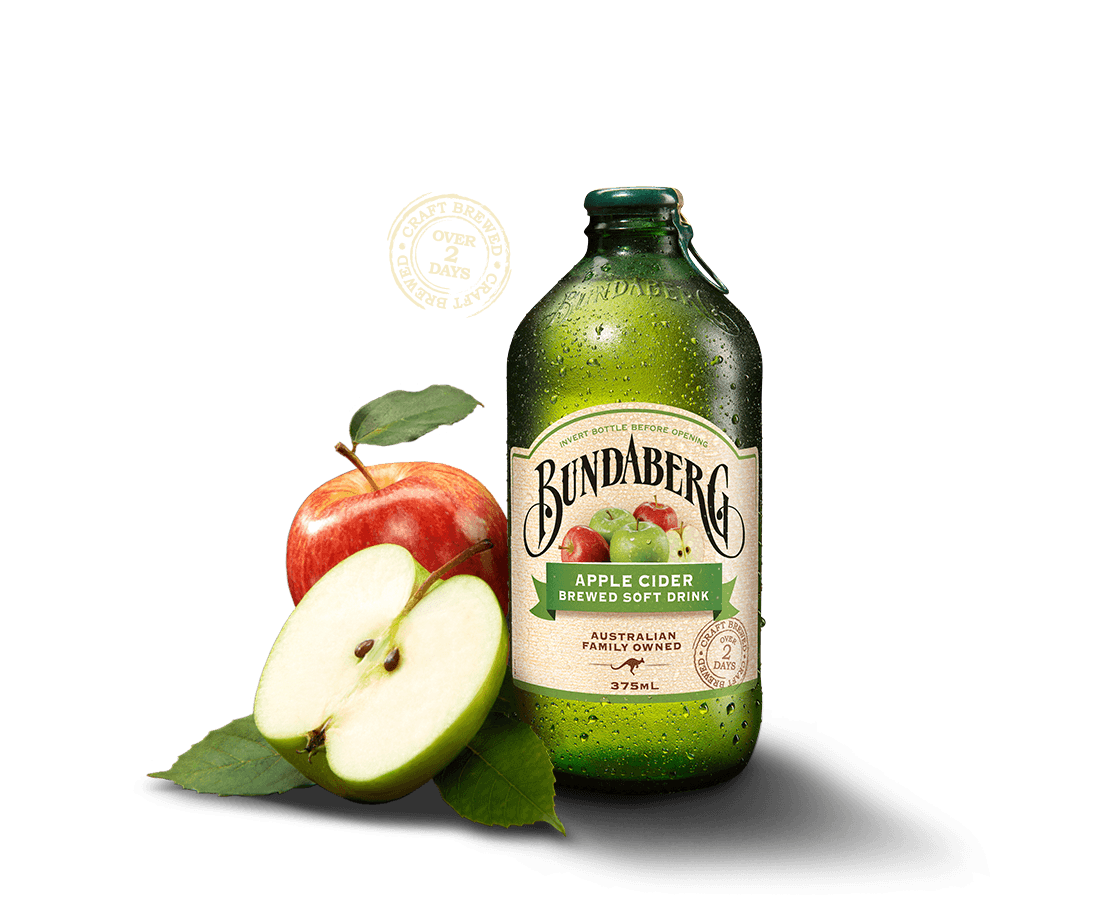


Waves of immigration from Germany and eastern Europe over the years brought a deep love of beer and settled in the Midwest-a region much more friendly to growing grains and hops than the Atlantic coast. Over the centuries though, cider’s popularity began to wane. According to Serious Eats’ Chris LeHault, there was even a less-alcoholic variation brewed for children called “applekin.” As for that famous apple farmer, Johnny Appleseed? The orchards he planted across the United States were originally intended for cider suppliers, not pie bakers.
Drinking apple cider full#
This cider was boozy, making it safer to drink than much of the water available and full of nutrition to get them through the hard winters. But it was a very different drink than the dark brown, syrupy-sweet drink found at the farmer’s market. However, apples grew easily in New England, making cider the perfect alternative, according to Mental Floss.īecause apples can grow easily by grafting branches onto existing apple trees, colonial New England quickly fell in love with cider. While beer was more popular across the pond at the time, the first Europeans to settle in the colonies had a hard time growing grains and barley needed to brew it. Soon enough, cider spread throughout the Roman Empire and across Europe, becoming popular with people from the Germanic tribes to the Normans, whose conquest of England in the 9th century brought apple orchards and the very word “cider” into the English language.Įurope and the Mediterranean aren’t the only places with an abiding love for cider: the earliest colonists brought it with them to the Americas as well. By the time the first Romans sailed to the British Isles in 55 B.C., the locals were drinking a cider-like drink made from apples, which their new visitors quickly fell in love with, the museum notes.

What is clear about cider is that once the drink caught on, it spread fast. However, considering how much the Egyptians enjoyed beer (and that they were one of the first cultures to brew it), they did have some notion of the joys of fermenting alcoholic beverages. Instead, for thousands of years, people would press them for the juice and leave it to ferment, letting it bubble away until it turned into boozy hard cider, according to the National Apple Museum.Įvidence of apple trees growing along the banks to the Nile River can be found dating back to about 1300 B.C., but there's no evidence that ancient Egyptians ever used them for cider. In fact, they were often too bitter to just munch on. Until relatively recent history, apples weren’t for eating. This boozy cider is actually truest to the drink's earliest form, with roots dating back millennia. An adult version of the popular drink can also be ordered at the bar. Apple cider is everywhere this time of year-a mainstay of farmers markets and festivals.


 0 kommentar(er)
0 kommentar(er)
